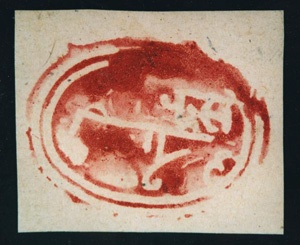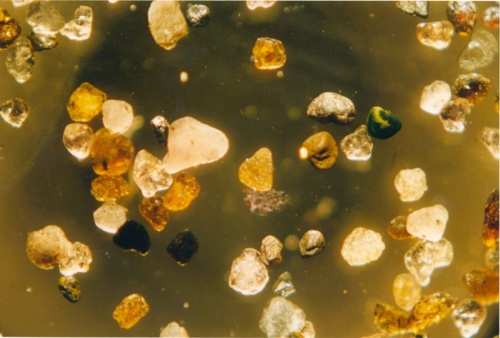Or buy a copy.
 A nicely designed large-format book with color pictures of common objects that are often overlooked: sand, a twig, the night sky, the inside of your own eye, the sunset, moths’ wings, sand, cracks in the pavement, hieroglyphs, ice halos, fingerprints, crystals, the lines in a face, the ripples in a muscular back, the intricate parts of a machine…
A nicely designed large-format book with color pictures of common objects that are often overlooked: sand, a twig, the night sky, the inside of your own eye, the sunset, moths’ wings, sand, cracks in the pavement, hieroglyphs, ice halos, fingerprints, crystals, the lines in a face, the ripples in a muscular back, the intricate parts of a machine…
The thirty short chapters in the book have instructions on how to see these things, with all words for all their parts. The idea is to draw attention to parts of the ordinary (and not-so-ordinary) world that we look at too quickly, or fail to notice altogether.
This is a book of solitary seeing, exercises and opportunities to slow down and look at the world more carefully.

Sand grains. A great deal can be seen in sand, using only a magnifying glass. It takes an average of 200 million years for a mountain range to erode and be swept down to the ocean. Some grains of sand have been on that journey several times, from mountain to ocean beach, to rock, uplifted to mountain… the sense of time in single grains of sand can be hypnotic.
Dear Mr. Elkins I’m very thankful you let us download writings for free, I am researching about observation and creativity as a way to renovate (not inly innovate) our world perception and sense of wonder.
I would like to ask you if you have ever written something about art education in schools, (I’ve read already “why art cannot be taught”) but in particular about how to help students about be aware and curious about what images influence our lives.
I’m currently writing a research paper about it.
Anyway, thanks again and keep writing!
Hi, sorry for the delay. I don’t often monitor this page. Have you seen “How to Use Your Eyes?” Posted for free on academia. Best,Jim
I love what the eye thinks it cannot see. It may be less than a microscope but a lot more if you actually look. There is so much more out there.
What an awesome eye opener. Thank you. I’ve been using what I call my 3rd eye, in photography, to do what Mr. Elkins explains in his book. Plan to get a couple of copies for some young folks.